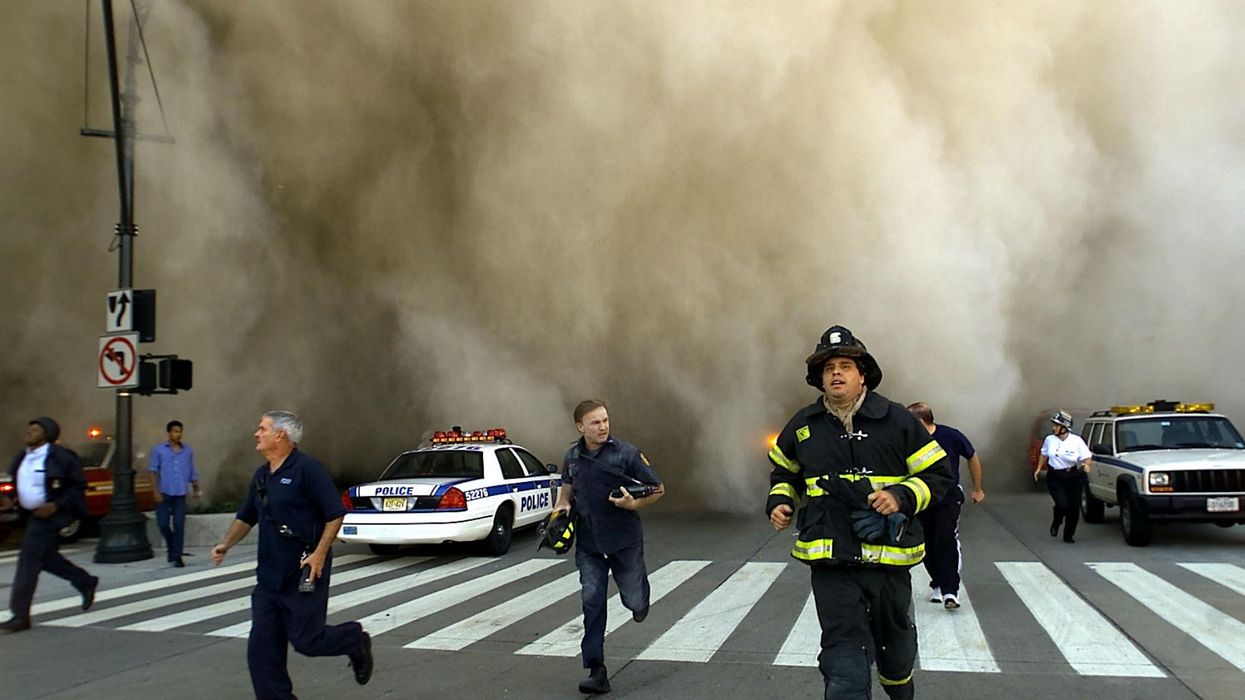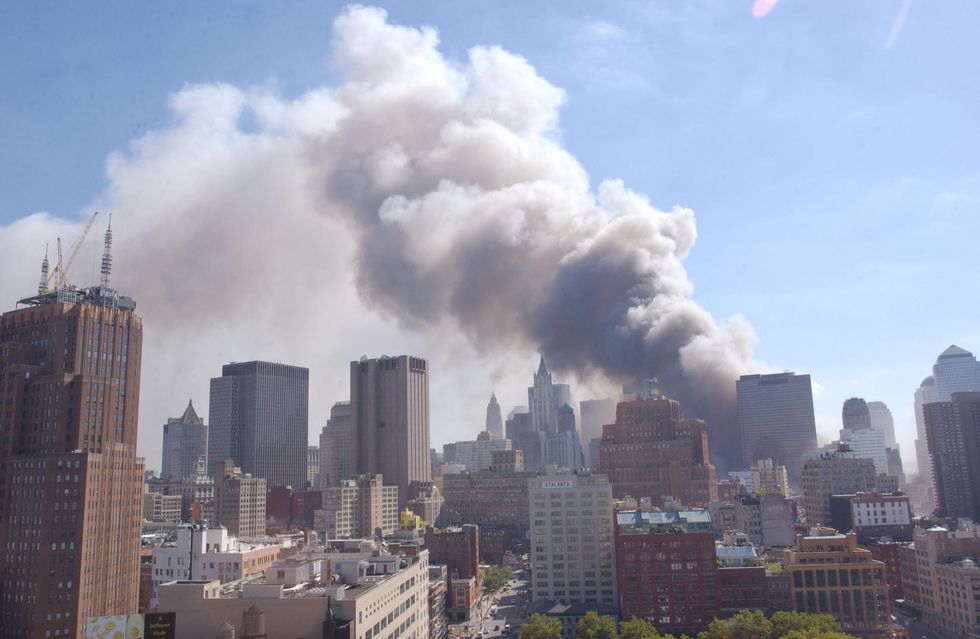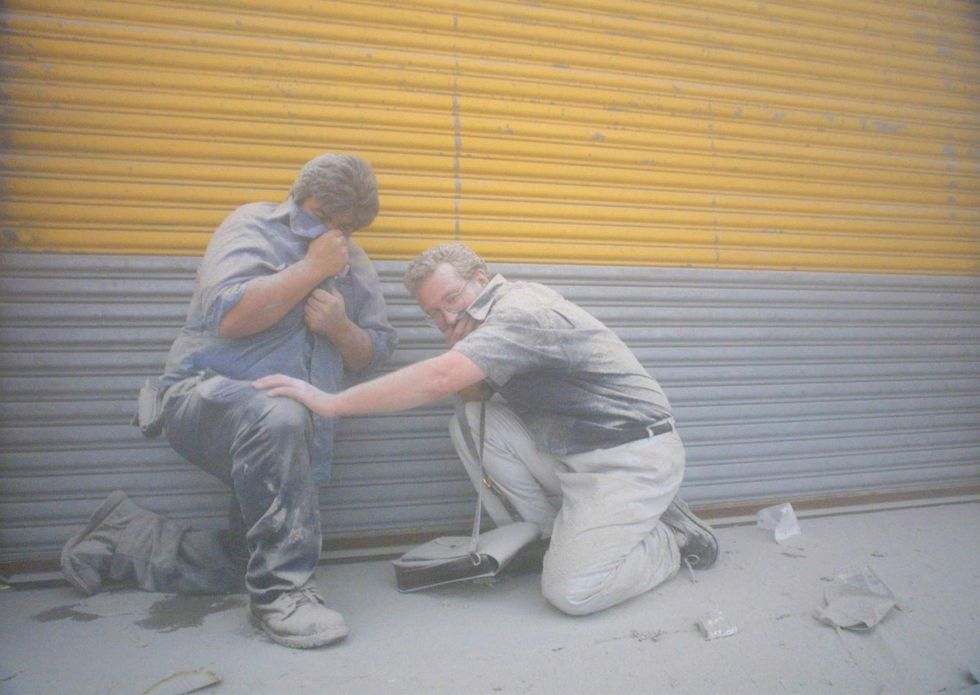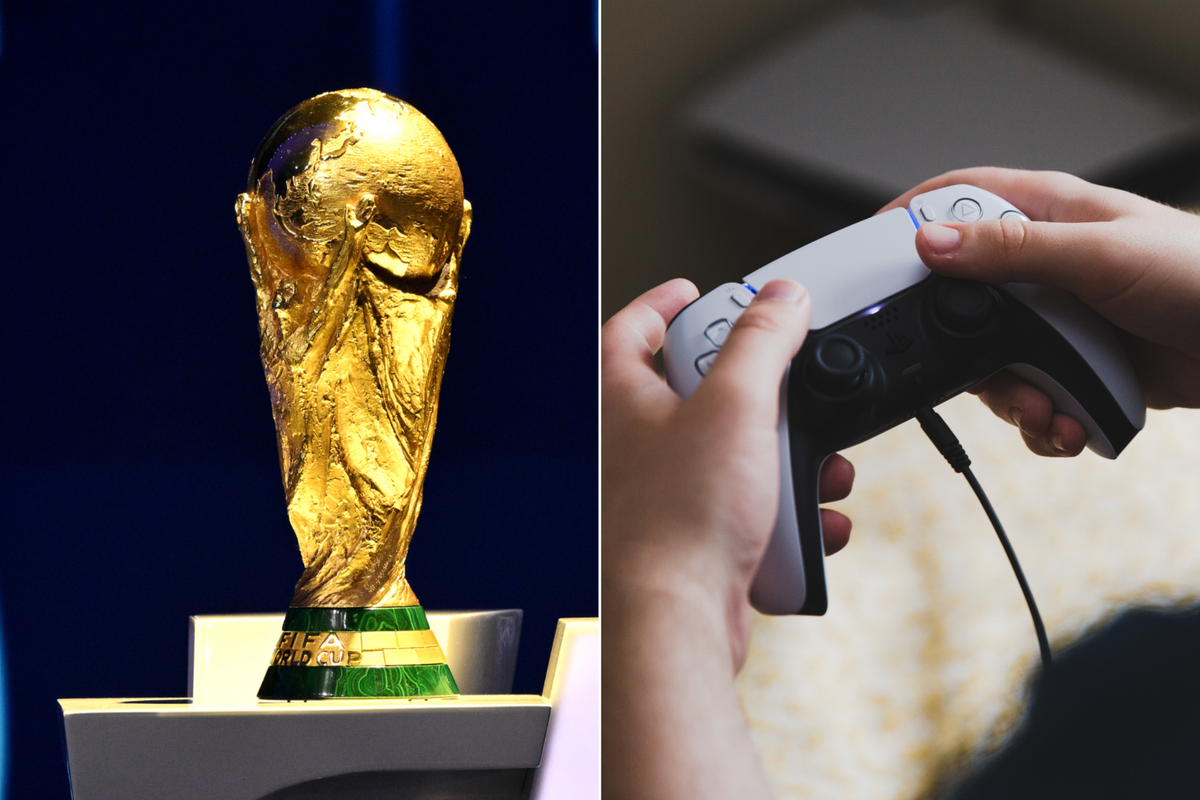
Scientists at New York University (NYU) have found signs of heart disease among children who breathed in the chemicals and dust released in Manhattan on 9/11.
Sixteen years ago 19 men hijacked four commercial aircraft and killed 2,996 people on 11 September, 2001.
The North and South towers of the World Trade Centre in New York City were deliberate hit by aircraft at 8.46am and 9.03am (EST) respectively.
As they collapsed, a cloud of 'toxic' debris flooded lower Manhattan.


Heart disease findings
NYU Langone Health conducted blood tests on 308 children, of whom 123 may have come into contact with dust on 9/11.
The children with higher blood levels of the chemicals known to be in the dust were found to have elevated levels of artery-hardening fats in their blood.
Higher levels of blood fats can lead to blockages in blood vessels and lead to heart attacks.
The chemicals, such as perfluoroalkyl substances (PFAS), were released when electronics and furniture in the World Trade Center burned.
In 2014 the Environmental Protection Agency chose to phase out the use of perfluorooctanoic acid (PFOA), one of the chemicals released during the towers' collapse.
During the NYU study, cases where PFAS were found in the children's blood, there was also a 9-15 per cent increase in the level of blood fats.
The study was published in the journal Environment International on Thursday.
Lead author, associate professor of paediatrics, environmental medicine, and population health at NYU, Leonardo Trasande, said:
Our study emphasises the importance of monitoring the health consequences from 9/11 in children exposed to the dust, and offers hope that early intervention can alleviate some of the dangers to health posed by the disaster.
Trasande explained that most health studies on 9/11 survivors have focused on the mental health of those who saw the attack:
Since 9/11, we have focused a lot of attention on the psychological and mental fallout from witnessing the tragedy, but only now are the potential physical consequences of being within the disaster zone itself becoming clear,
According to the New York Daily News, participants in the study were signed up annual health check-ups, physical and mental, by the World Trade Center Health Registry.
The registry conducts the check-ups on 2,900 children who either lived or attended school in lower Manhattan.













